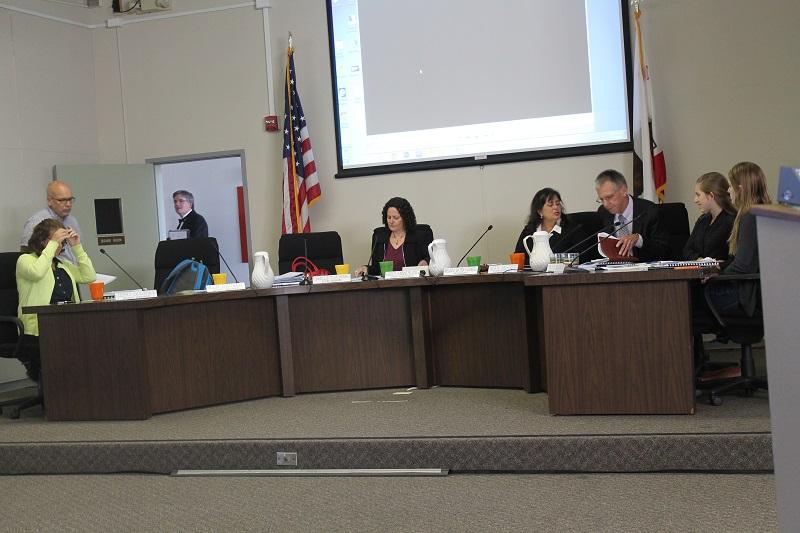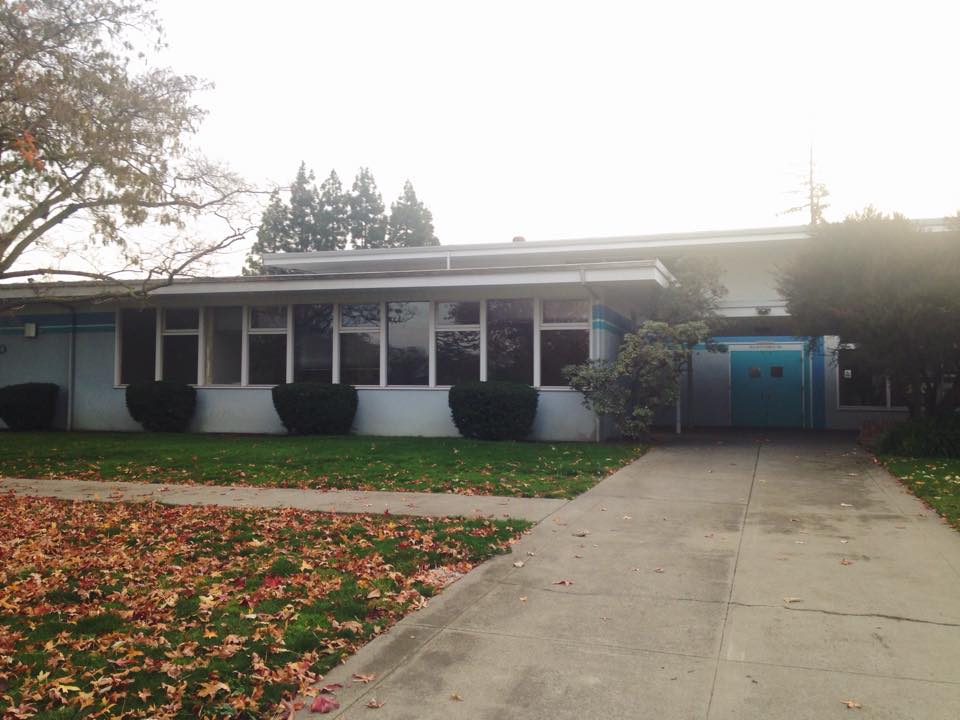The Palo Alto School Board will make a decision at a board meeting in January instead of this month concerning the addition of an proposed new secondary school at the Cubberley Community Center.
The proposal is based on the preliminary recommendations of the Enrollment Management Advisor Committee, established by the board to investigate solutions for over-enrollment.
According to Supt. Max McGee, the decision was initially scheduled for the board meeting this Tuesday but has been rescheduled to a January board meeting to allow for a more in-depth analysis of a student and staff survey analyzing the benefits of a new secondary school.
EMAC developed the preliminary recommendation thorough assessment and surveys. According to EMAC member Joe Lee, the first aspect of the recommendation calls for an innovative new secondary school for grades 6-8 and 9-12 at Cubberley.
According to Lee, this choice school for both middle school and high school students will emphasize programs such as project-based learning or International Baccalaureate.
“We [EMAC members] ask for an innovative academic curriculum, emphasizing an experienced-based, inquiry-oriented team and cross disciplinary learning,” Lee said.

The proposed school seeks to have between 100 and 150 students per grade and roughly a 1000 students in total, which will simultaneously reduce enrollment saturation in secondary schools.
According to EMAC’s research, Palo Alto high schools and middle schools are significantly larger than both national and comparable averages. PAUSD middle schools are 52 percent larger than district national average and the high schools are 121 percent larger. Even in comparison to local and similarly structured secondary schools across Santa Clara County, the middle schools are 7-20 percent larger, and the high schools are 11 percent larger.
“If we open a new school, we will be able to significantly offload the enrollment in existing Palo Alto schools,” Lee said, “The creation of Cubberley takes care of 12 percent of current school enrollment.”

These recommendations are largely based on findings from the EMAC’s assessment of current schools. According to EMAC’s investigations, PAUSD secondary schools’ enrollment surpasses satisfactory numbers among a wide wide range of criteria.
The schools are also larger than academic studies indicate optimal for learning.
“Research shows school size functions primarily as an enabler of improved student outcome,” Lee said.
The advisory board also found that over-enrollment was likely to worsen substantially over the years.
“Our high school enrollment, if left alone, seems to only get worse over time,” Lee said.
EMAC also found that the educational community was discontent with the current schools’ sizes. According to Lee, the committee conducted focus groups consisting of Palo Alto Unified School District students, parents, teachers and administrators to gauge community opinions regarding the size of the schools. The focus group responses that the committee presented overwhelmingly expressed feelings of a discomfortable and impersonal learning environment.
“Less than a third of parents are satisfied with the personalization of the learning experience of their kids,” Lee said. “There is also overwhelming parental support to extend choice programs within our secondary school.”
The EMAC proposed that creating smaller communities within an educational environment would result in larger student-teacher connections.
“We think this [choice programs] will achieve earlier socio-emotional connectedness, provide more opportunities to be known by students and help reduce stress during transitions,” Lee said.
Many students, parents and faculty also voiced their desire for more individualized and project-based learning.
“Extending choice programs to the middle and high school level would meet a community need and provide a learning opportunity that would benefit students and teachers throughout the district,” parent Kristen Sega said at the board meeting last month. “I welcome a new choice school at the secondary level for these reasons.”
Sega stressed that although this choice school might not be right for all students, especially in a community that fosters innovation above all else, the board is sure to find broad support from parents and students alike.
The EMAC recommends the school board offers more choice and personalization in the new proposed school at Cubberley, as well at the current middle and high schools.
“To an extent, these programs are already being implemented in our schools, such as in the social justice pathway,” Lee said. “However what we are talking about here is taking it one step further.”
The site of Cubberley would not be unfamiliar to educational demands. According to the Palo Alto History website, the Cubberley Community Center site originally functioned as a high school from 1956 to 1979. However, Ellwood P. Cubberley High School was closed in 1979 due to a large decrease in enrollment and funding. Since then, the school board has leased Cubberley primarily for recreational purposes.
If these recommendations are adopted by the board, it is likely that a new advisory committee will convene in January to create a task force. The task force will continue the process by deciding on design elements and spending costs, according to Lee.
“We are in a unique moment in time, with land available, enrollment that indicates we should offload students to a new campus, an appetite for innovation and funding available,” said Lee. “We believe that these proposals are neither too radical nor too ambitious.”

